Long An and Tay Ninh were once part of Gia Dinh prefecture.
Before becoming two independent provinces as today, in the history of formation, Long An and Tay Ninh provinces both underwent many changes in terms of administrative boundaries.
According to the history of Long An province, this locality used to be an important area of the kingdom of Phu Nam - Chenla. When Nguyen Huu Canh came to exploit the South, Long An land belonged to Gia Dinh prefecture.
During the Minh Mang period, Long An land belonged to Gia Dinh province and part of Dinh Tuong province. At the beginning of the French colonial period, Nam Ky was divided into 21 provinces, Long An land was located in the area of Tan An and Cho Lon provinces.
In 1976, Long An province merged with Kien Tuong province and Duc Hoa and Duc Hue districts of Hau Nghia province to form the new Long An province and it exists until now.
Current administrative map of Long An province.
As for Tay Ninh province, in 1698, through the inspection of Dang Trong by Commander-in-Chief Le Thanh Marquis Nguyen Huu Canh, Gia Dinh prefecture was established. Tay Ninh land at that time belonged to Tan Binh district, Gia Dinh prefecture, Phien Tran citadel.
In 1802, King Gia Long (Nguyen Phuc Anh) changed Gia Dinh prefecture to Gia Dinh Town. In 1832, King Minh Mang changed the town into a province, dividing the whole of Cochinchina into six provinces, including: Phien An, Bien Hoa, Dinh Tuong, Vinh Long, An Giang and Ha Tien. Tay Ninh land belonged to Phien An province.
In 1836 (Minh Mang 17th year), Phien An province was changed to Gia Dinh province. Tay Ninh prefecture was established under Gia Dinh province, including two districts Tan Ninh and Quang Hoa.
In 1900, the French Governor General in Indochina established Tay Ninh province including two districts, Thai Binh and Trang Bang.
Current administrative map of Tay Ninh province.
By May 1951, the Central Office for Southern Vietnam divided the entire South into two Inter-zones: the Western Inter-zone and the Eastern Inter-zone, and merged a number of provinces. Tay Ninh, along with two districts of Hoc Mon and Go Vap (Gia Dinh province) and two districts of Duc Hoa Thanh and Trung Huyen (Cho Lon province) merged into Gia Dinh Ninh province. Also in this year, Duong Minh Chau district was established under Gia Dinh Ninh province, including five communes: Ninh Thanh, Thanh Binh, Chon Ba Den, Dinh Thanh and Phuoc Ninh.
After 1975, Tay Ninh had 7 districts, 1 town with 73 communes, including: Trang Bang, Go Dau, Ben Cau, Phu Khuong (Holy See), Chau Thanh, Duong Minh Chau, Tan Bien and Tay Ninh Town. In 1989, Tan Chau district was established on the land of 2 districts: Tan Bien and Duong Minh Chau.
Prioritize the development of high-tech industry and agriculture
In recent years, Long An and Tay Ninh have also been “bright spots” in the overall picture of the key economic region in the South. Although not leading, both have strategic locations, great economic potential and strong steps in developing infrastructure, industrial zones and attracting foreign direct investment (FDI).
Long An is a locality with a particularly important position when it borders Ho Chi Minh City to the East, Tay Ninh and Cambodia to the North and Dong Thap and Tien Giang provinces to the West and South. Thanks to its location in the transition zone between the Southeast and the Mekong Delta, Long An has both conditions for industrial development and strengths in agricultural development.
A corner of Duc Hoa 3 Industrial Park, Duc Hoa District, Long An Province. Photo: VNA
In its sustainable development orientation, Long An focuses on two key areas: Industry and high-tech agriculture. In which, the industry will focus on developing the processing industry, manufacturing electronic components, textiles and construction materials. As for high-tech agriculture, the province will focus on producing high-quality rice, organic vegetables and fruits for export.
Along with that, in recent years, Long An has focused on investing heavily in transport infrastructure to promote regional connectivity and attract investment. The road system has developed rapidly with key traffic routes such as National Highway 1A, National Highway 50, National Highway 62 and the Ho Chi Minh City - Trung Luong Expressway.
In addition, the province is promoting investment in belt roads along with seaport expansion and logistics projects, helping to optimize freight transport between Long An and Ho Chi Minh City and neighboring provinces.
Similarly, Tay Ninh province also has a strategic location in the middle of the Southern key economic region, becoming a bright spot in attracting investment and economic development.
Thanks to its geographical location advantages, synchronous traffic infrastructure, especially Moc Bai border gate - one of the most important international border gates in the Southern region, Tay Ninh is rising strongly on the economic map of Vietnam.
A corner of the industrial park in Tay Ninh. Photo: Tay Ninh Newspaper
Recognizing the important role of infrastructure in attracting investment, Tay Ninh has been implementing many key transport projects. In particular, the Ho Chi Minh City - Moc Bai expressway is being accelerated, contributing to connecting the province with major economic centers. National Highways 22, 22B and the beltway have also been upgraded, creating favorable conditions for transporting goods and developing logistics.
In addition, Tay Ninh and Long An are strengthening transport infrastructure connections to promote trade between the two provinces. Routes such as DT 822, DT 823, DT 825 play an important role in linking Tay Ninh with Duc Hoa and Ben Luc districts of Long An. This helps goods circulate quickly between industrial parks of the two localities, creating conditions for businesses to expand production and export activities.
Tay Ninh focuses on three main areas of development: industry, high-tech agriculture and tourism. Of these, agricultural processing, electronic component manufacturing, textiles and renewable energy are key industries. Meanwhile, high-tech agriculture focuses on export crops such as rubber, high-quality rice and specialty fruits.
Currently, Long An is one of the localities with the fastest industrial park development speed in the country with 37 industrial parks and 62 industrial clusters with a total area of over 15,000 hectares, strongly attracting domestic and foreign investors.
Tay Ninh has 9 industrial parks and 7 industrial clusters with a total area of over 4,500 hectares, attracting many foreign investors, especially from Korea, Japan, China and Europe.
Source Congthuong.vn
Source: https://baotayninh.vn/lich-su-sap-nhap-tinh-cua-long-an-va-tay-ninh-a188330.html


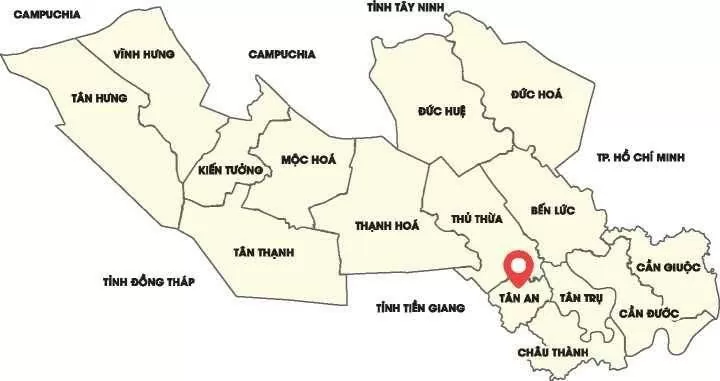

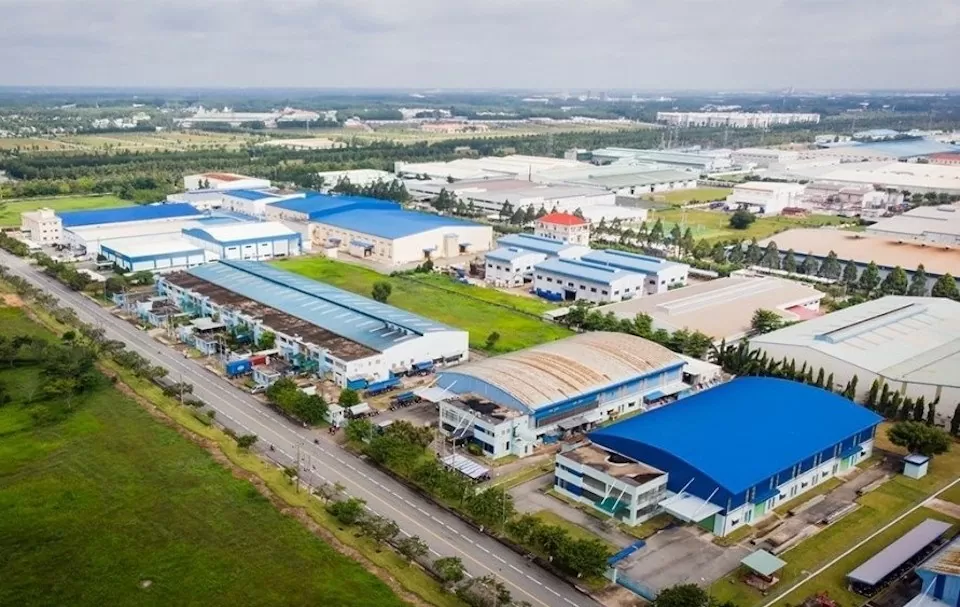
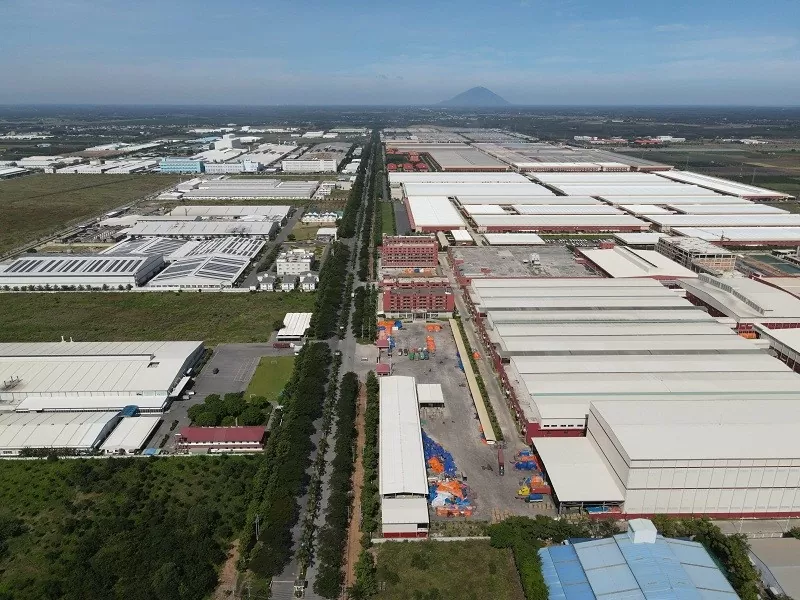




![[Photo] "Beauties" participate in the parade rehearsal at Bien Hoa airport](https://vstatic.vietnam.vn/vietnam/resource/IMAGE/2025/4/11/155502af3384431e918de0e2e585d13a)
![[Photo] Looking back at the impressive moments of the Vietnamese rescue team in Myanmar](https://vstatic.vietnam.vn/vietnam/resource/IMAGE/2025/4/11/5623ca902a934e19b604c718265249d0)
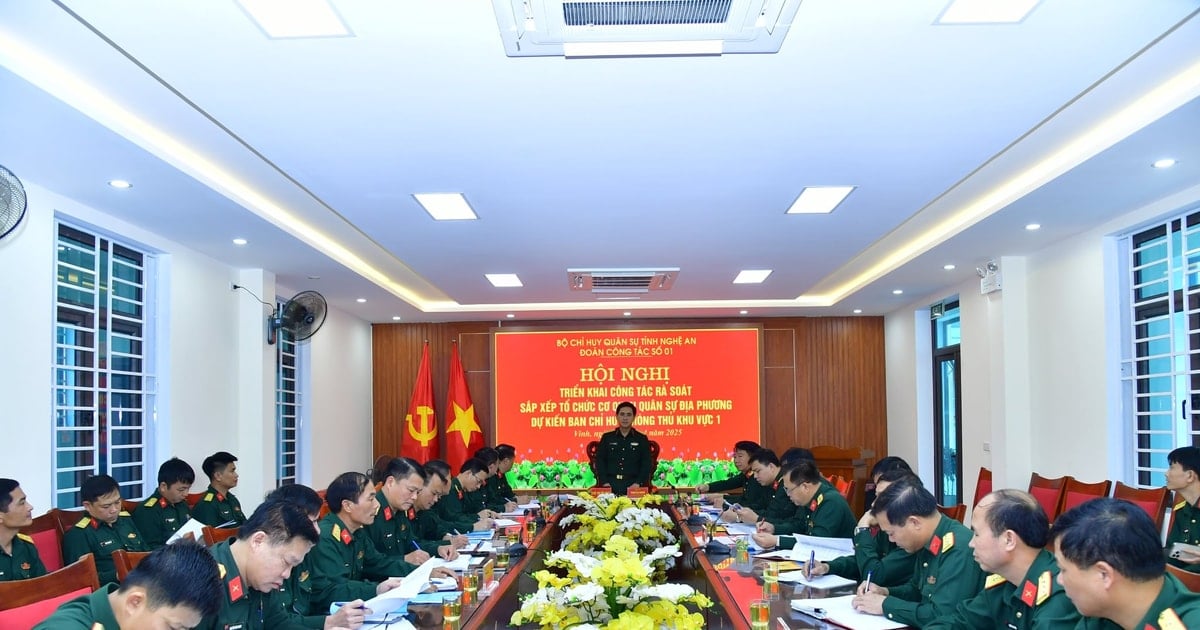


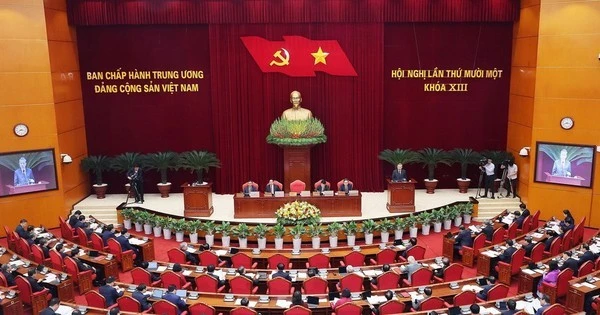
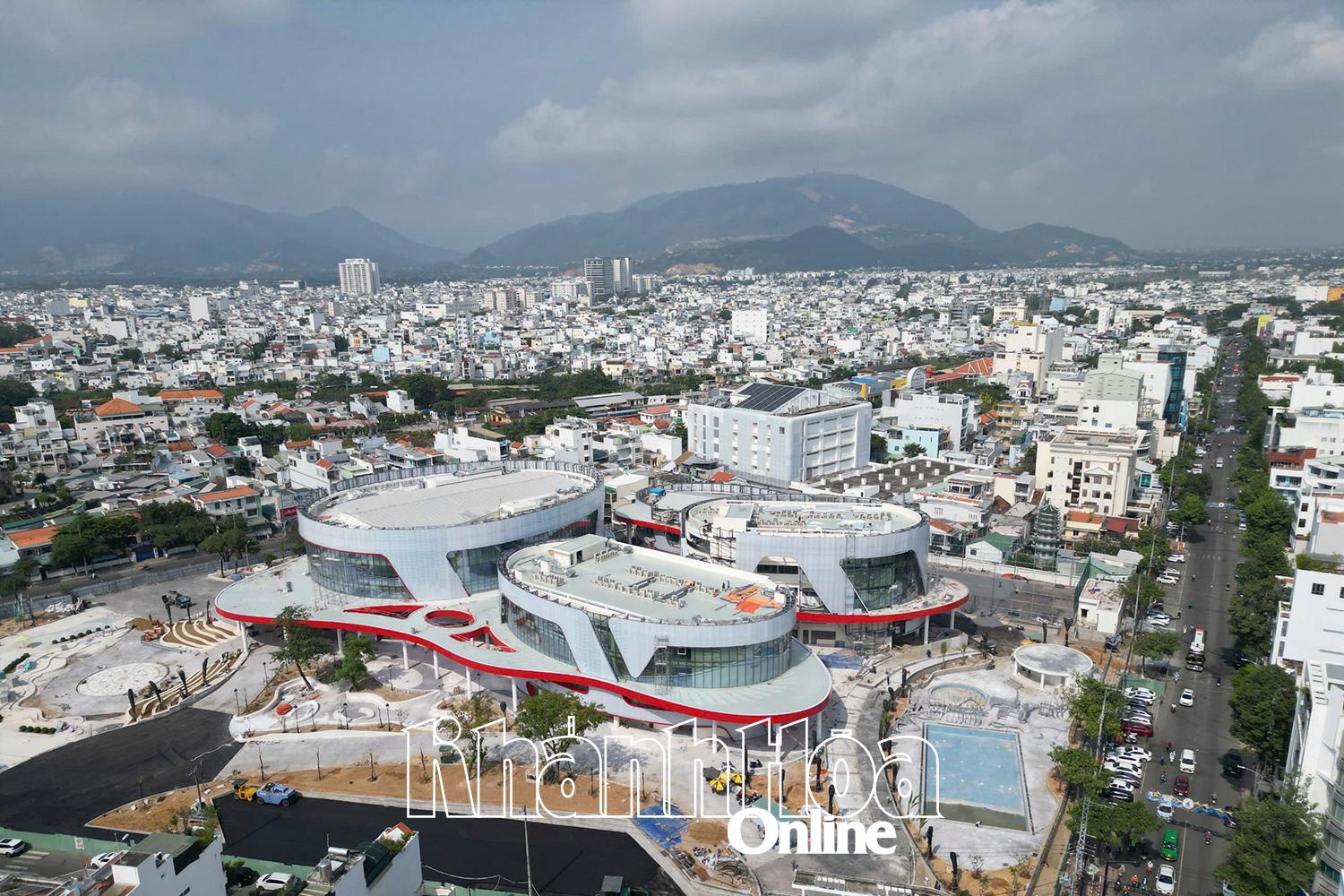
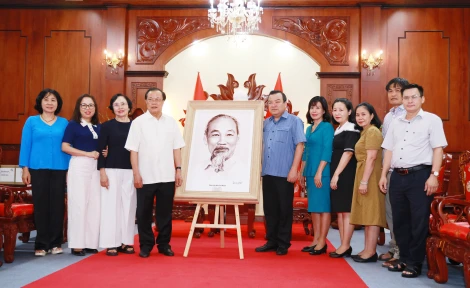


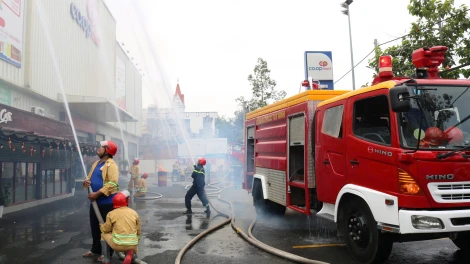
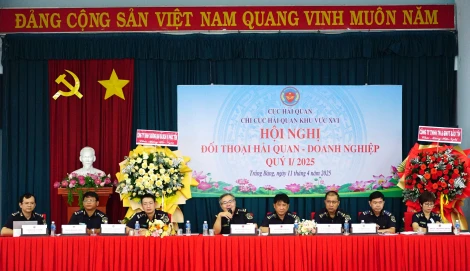
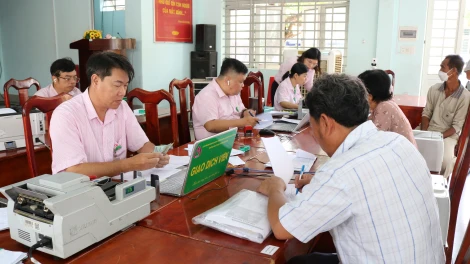
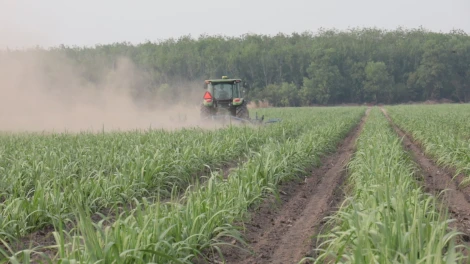
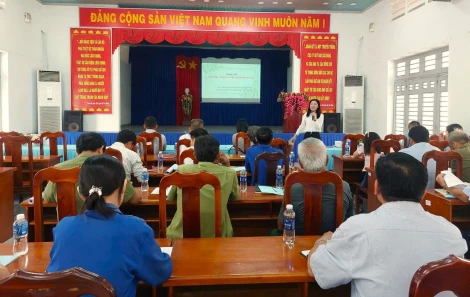
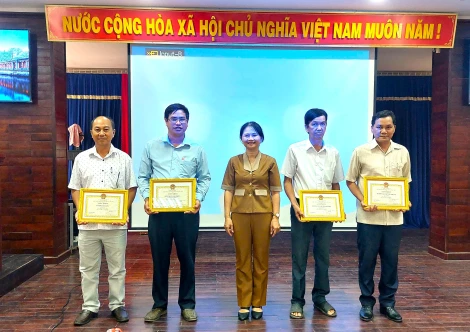

![[Photo] Summary of parade practice in preparation for the April 30th celebration](https://vstatic.vietnam.vn/vietnam/resource/IMAGE/2025/4/11/78cfee0f2cc045b387ff1a4362b5950f)










































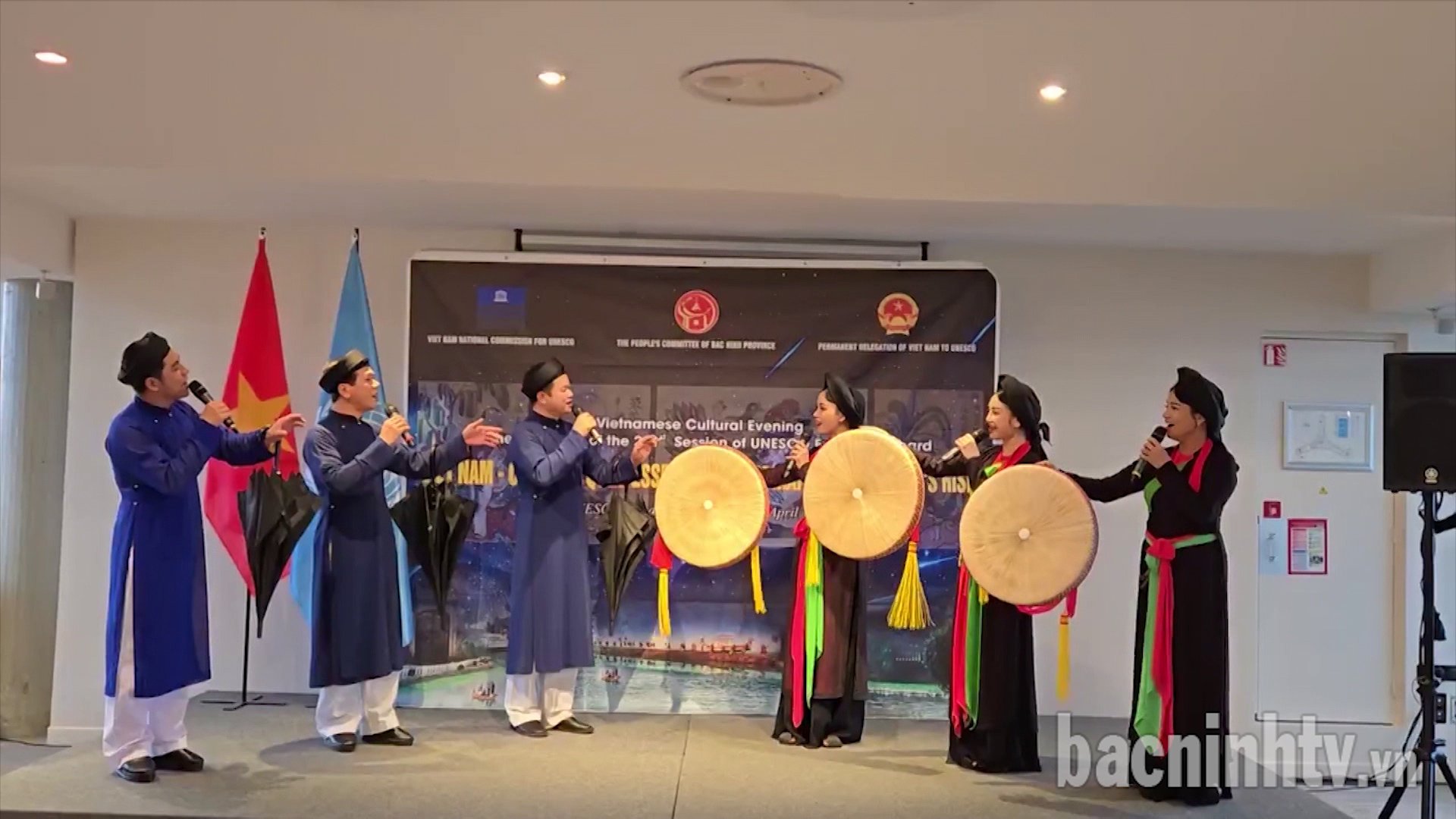
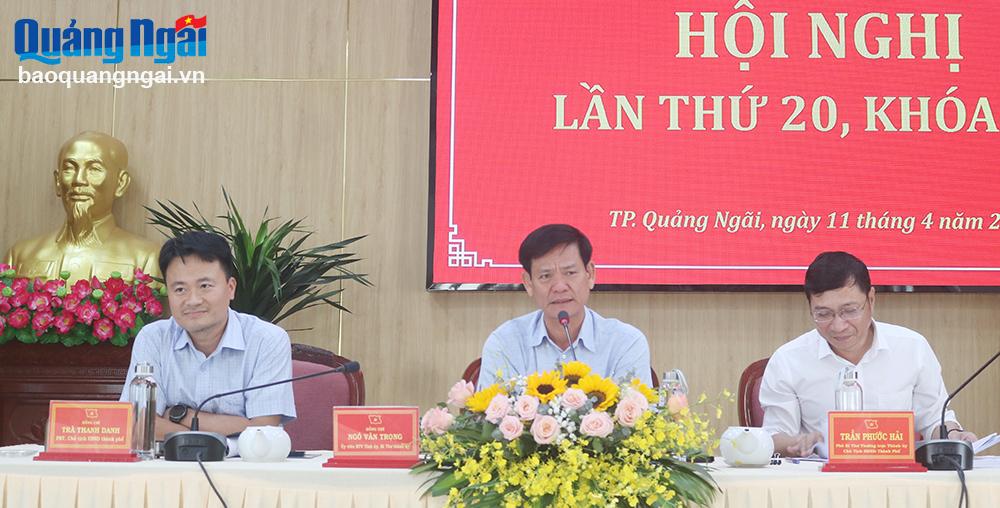
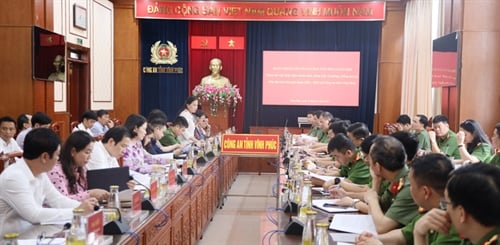
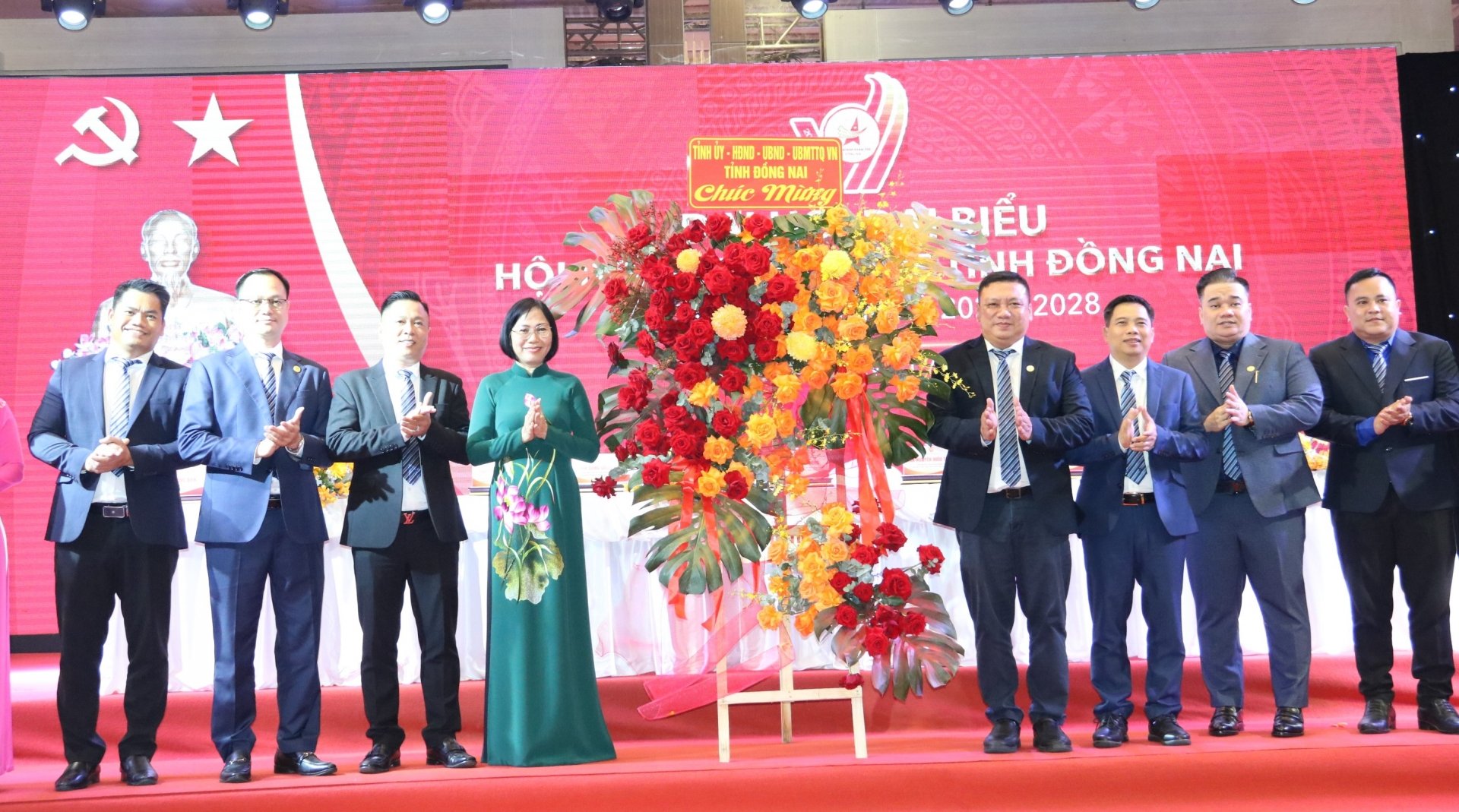


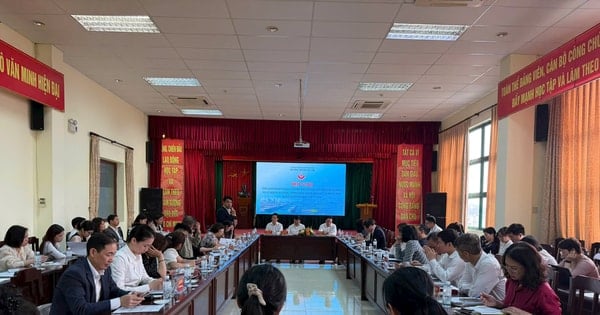











Comment (0)